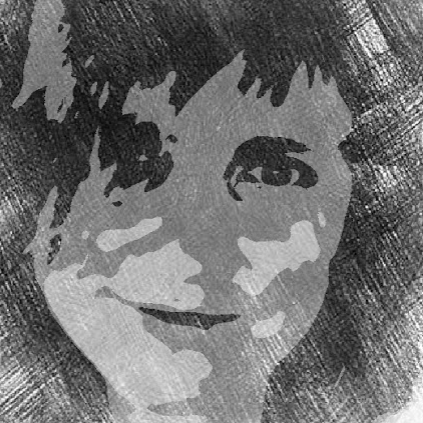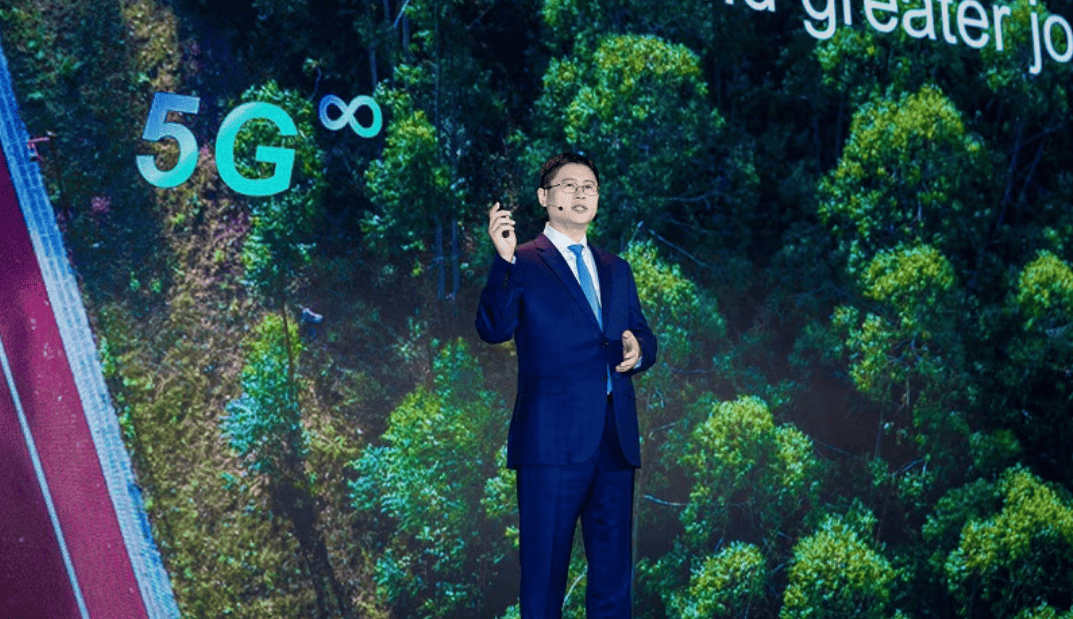
This week and last week, Innovation Origins has been looking at the growing influence of wireless communication within today’s society and in particular at data transmission via electromagnetic radio waves with ever-higher frequencies, such as 5G.
Eindhoven is home to Altum RF’s highly specialized laboratory. As you would expect, the name stands for ‘high radio frequencies.’ Because that is what they do at Altum RF – they develop tiny chips for antennas that can capture and amplify signals which are transmitted via high frequencies.
For instance, consider signals emitted by satellites. Or signals that will soon be used to send and receive data extremely quickly via the new 5G frequency bandwidth between 26.5 and 29.5 gigahertz. This is scheduled to become available from 2025 onwards.
Ultra-short wavelengths
The problem with such high frequencies is that their wavelengths are incredibly short, explains Niels Kramer, director of AltumRF. A frequency of 30 gigahertz, for example, is only one centimeter in length. The higher the frequency, the shorter the wave.
Now you might think: what difference does that make? One of the problems that this causes is that the electrical signals sent via those very high frequencies are easily attenuated (i.e. drop in signal strength). This means that the distances between the antenna and the amplifier chip that is paired with it cannot be too great.
Gallium
As a consequence, the conventional material for chips, silicon, is not suitable. It decreases the strength of electrical signals that need to be transmitted via the high frequencies far too much. That’s why Altum uses gallium nitride, a semiconductor material made of gallium (a metal that can be extracted from coal) and nitrogen. Gallium can also bind with arsenic to form these types of chips. Then it is referred to as gallium arsenide.
One beneficial property of this material is that electrons move more easily through it than through silicon and that it has even better conductivity. This amplifies the electromagnetic wave so that the signal and its energy are not lost. Moreover, the electrical breakdown voltage is a lot higher than that of silicon. “The signal cannot be amplified as much with silicon as it can with gallium,” says Kramer. In other words, it was any easy choice to make.
Satellite communication
Up to a thousand of these chips can be used for some of these active antennas, Kramer continues. “In satellite communications, for one thing. We also work for the ESA.”
The main disadvantage of gallium nitride is that it is extremely expensive. This is why it won’t be used in the production of mobile phones. It will be the major telecom companies that will order the chips in bulk for the production of base stations for the 5G high-frequency range. “We’ve already sent prototypes to a variety of clients. They’re now testing whether these are functioning properly in their systems.”
The 5G chip was originally completed within two years, Kramer notes. All in all, this was a job that was manageable. How soon Altum RF will be able to develop a 6G chip will become clear when a client turns up who wants it delivered quickly, Kramer states. He won’t start working on it any sooner than that.
6G chip in early stages
Nevertheless, the TU/e project that will deal with this in cooperation with electronics manufacturer NXP, MyWave, was launched this April.
The challenges that this team faces are immense. Given that 6G will probably use frequencies higher than 100 gigahertz from 2030 onwards (which invariably means that its wavelength will be extremely short) then the signal path it takes to the antenna will have to be even shorter than what the 5G chip uses. “We think that the antenna needs to be integrated into the chip. It can’t be done any other way. You’re bound to come across a whole new set of problems.”
Kramer isn’t prepared to predict if this job will be completed within two years. But as far as he is concerned, it’s a sure bet that they will succeed in making such an antenna-on-a-chip. “This is definitely going to happen.”
Read other IO articles about 5G via this link.








